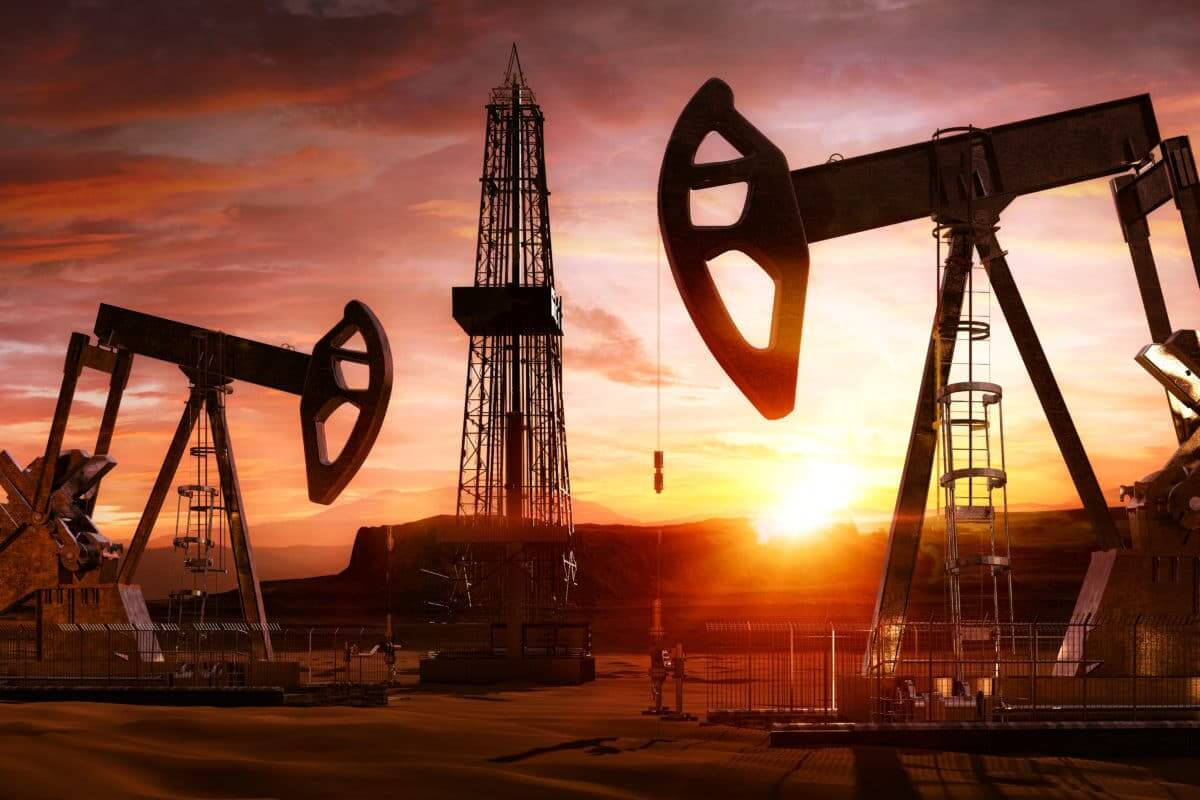
OPEC+ Intends to Reduce Oil Production Significantly
The OPEC+ oil coalition is considering a significant drop in production to prop up declining prices as the group prepares to meet in person for the first time since March 2020.
At the meeting on Wednesday, the oil group, chaired by Saudi Arabia and Russia, is likely to consider a production cut of more than 1 million barrels per day. This is the largest since the pandemic’s beginning and represents more than 1% of worldwide supplies.
The decision threatens to raise oil prices when much of the world is working to reduce energy costs. It might lead to a rift with the United States, where President Joe Biden has been working to slash fuel prices for motorists ahead of key midterm elections next month.
Russia is also thought to favor a cut, owing to a drop in oil profits in recent months, with purchasers exacting substantial discounts on its oil supplies following its full-fledged invasion of Ukraine.
OPEC+ stated this weekend that the monthly meeting it has held since the pandemic’s beginning would move from online to a full event in the group’s headquarters in Vienna.
Brent oil, the international benchmark, has dropped from above $120 per barrel in early June to around $85 per barrel today.
Saudi Arabia’s oil partnership with Russia, which brought Moscow into the larger Opec group in 2016, has clashed with Riyadh’s long-standing connections to the US.
After the US, Saudi Arabia and Russia are the world’s second and third-biggest oil producers. Yet, they rely far more heavily on energy earnings for government spending than the world’s largest economy.

The G7 Is Debating how To Impose a Russian Oil Price Ceiling
In early September, top US allies supported a daring, never-before-tried plan to limit Vladimir Putin’s access to finance as he waged war on Ukraine.
The concept sounded simple enough: the countries would only pay rock-bottom prices for Russian oil.
A month later, the Group of Seven, which represents some of the world’s most powerful countries, is still figuring out how to carry out the plan — a significantly more difficult task than it appears at first glance — and the December 5 deadline for marshaling participants is quickly approaching.
Meanwhile, the war continues. The Russia is mobilizing 300,000 troops.
While the US and Europe have imposed thousands of financial and diplomatic sanctions on Russia, including newly announced penalties, Treasury officials say a price ceiling on oil might be the most severe blow to Russia’s economy, undercutting its main source of revenue. The risks of this new type of economic warfare on the world oil supply are enormous. If it fails or Russia retaliates by suspending oil exports, global energy costs might rise. Another increase in fuel prices could have repercussions for US consumers.

Natural Gas Markets’ Expectations
Russia’s prolonged restriction of natural gas shipments to Europe has pushed international prices to painful new highs, interrupted trade flows, and resulted in serious fuel shortages in several emerging and developing nations, with market tightness likely to last until 2023. Since 2021, global natural gas markets have been tightening. Global gas consumption should fall by 0.8% in 2022 due to a record 10% reduction in Europe and unchanged demand in the Asia Pacific area. Global gas consumption is expected to rise by 0.4% next year. Still, the uncertainty clouds the prognosis, notably over Russia’s future activities and the economic consequences of continuing high energy costs.
In the third quarter of 2022, European natural gas prices and Asian spot LNG prices reached all-time highs—this reduced gas consumption and encouraged power producers to shift to alternative fuels such as coal and oil. Price increases caused shortages and power outages in some rising and developing nations.
The International Energy Agency (IEA) undertook a resilience analysis of the EU’s gas market in the event of a complete Russian supply disruption beginning on November 1, 2022. According to the analysis, if there are no demand cutbacks, and the Russian pipeline supply is cut, EU gas storage would be less than 20% full in February, assuming a high level of LNG supply, and close to 5% full, assuming a low level of LNG supply. If storage falls below these levels, the risk of supply disruptions increases in the case of a late cold period.




